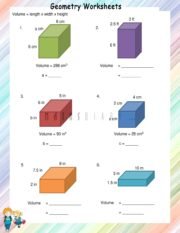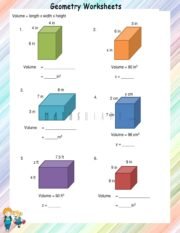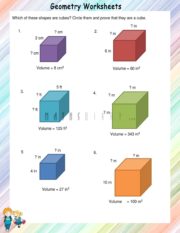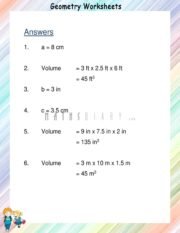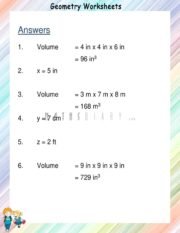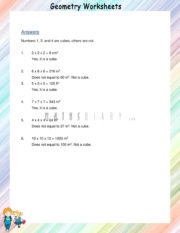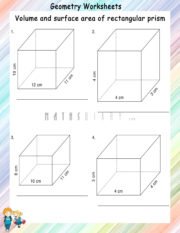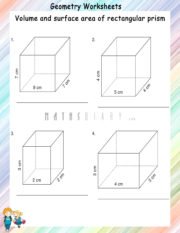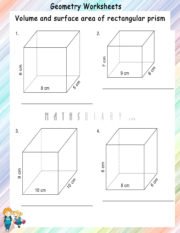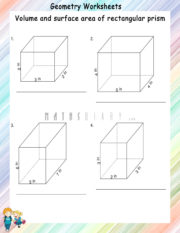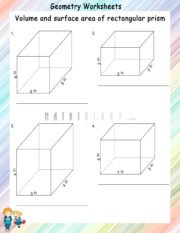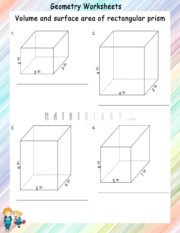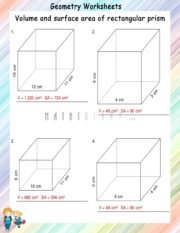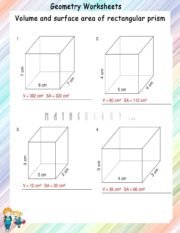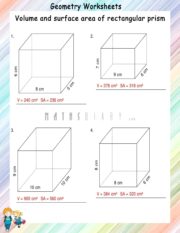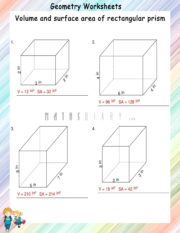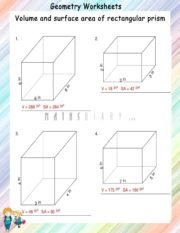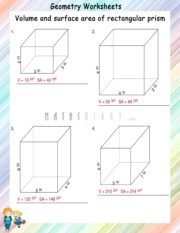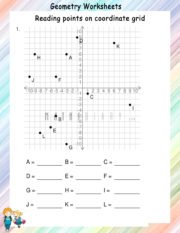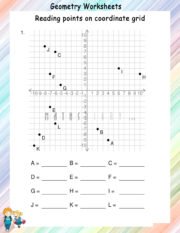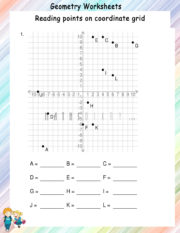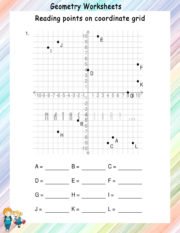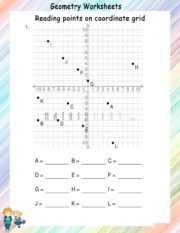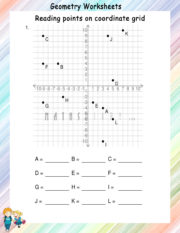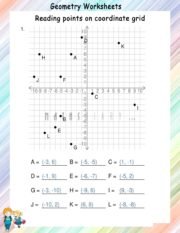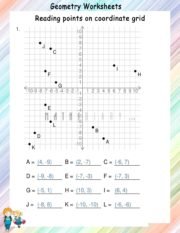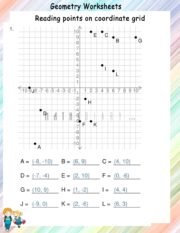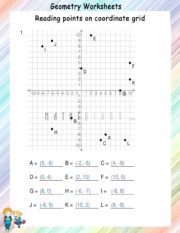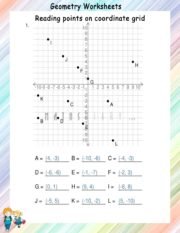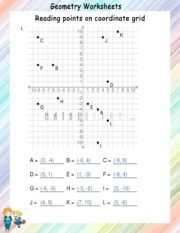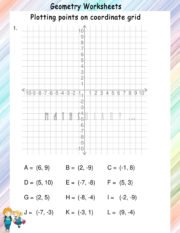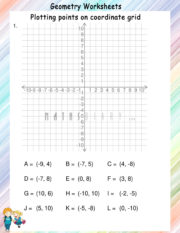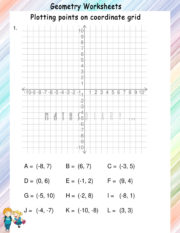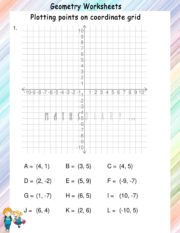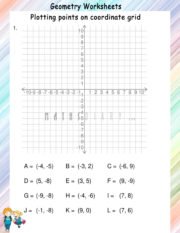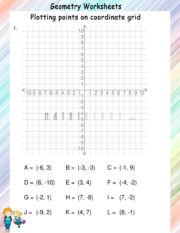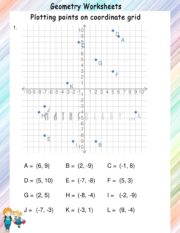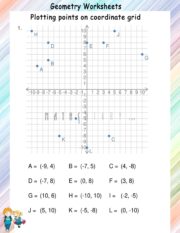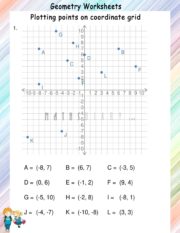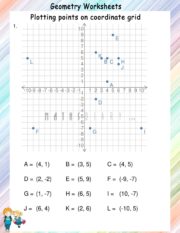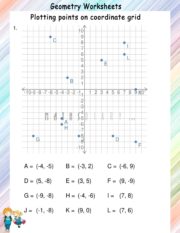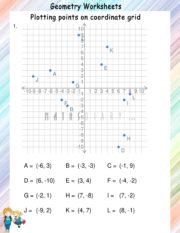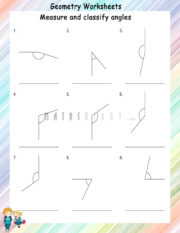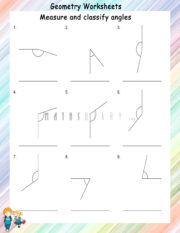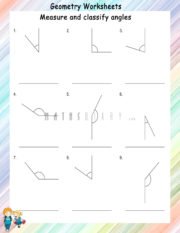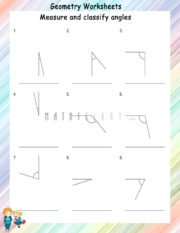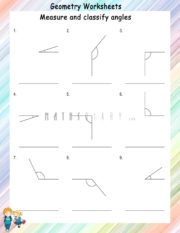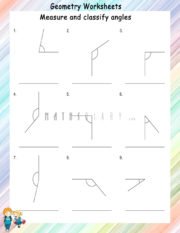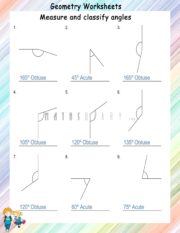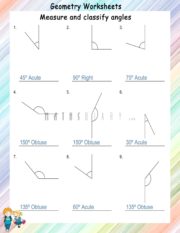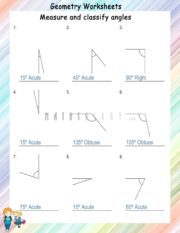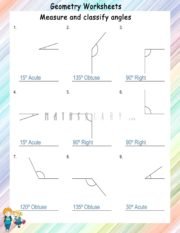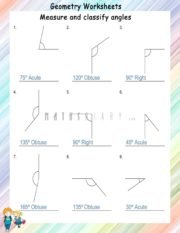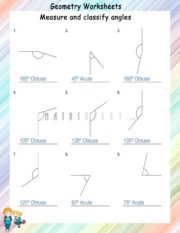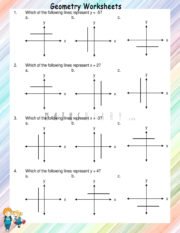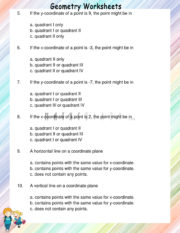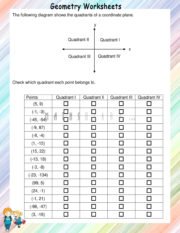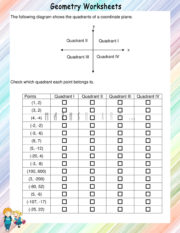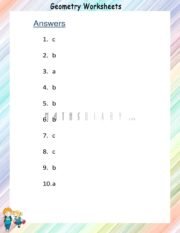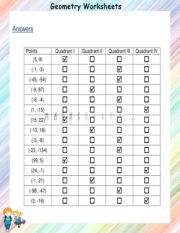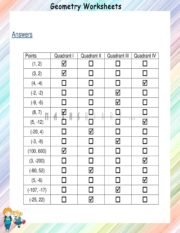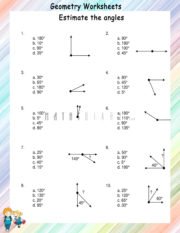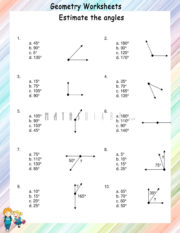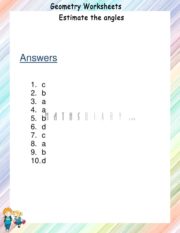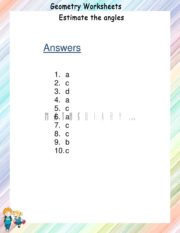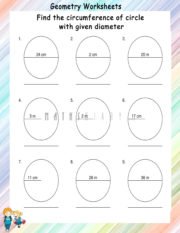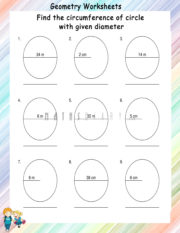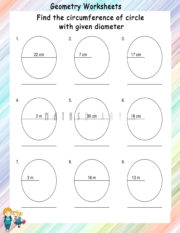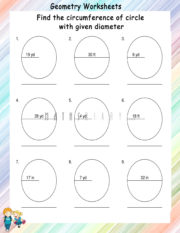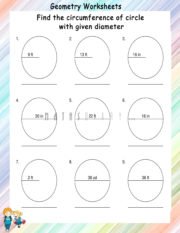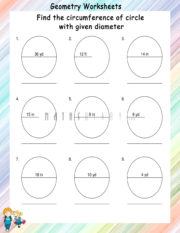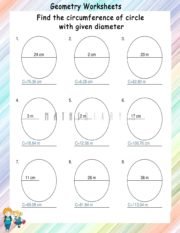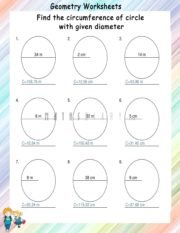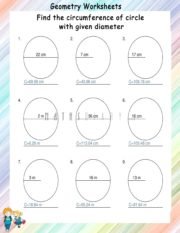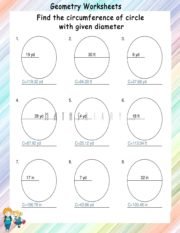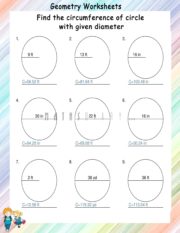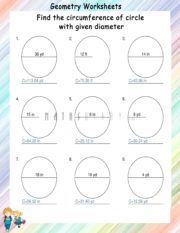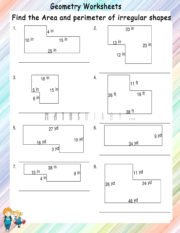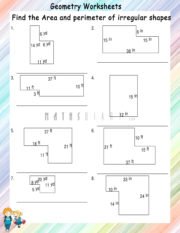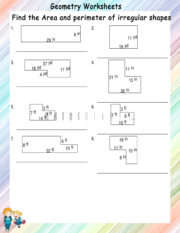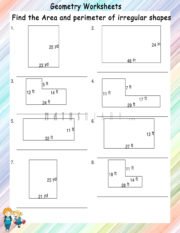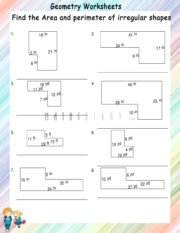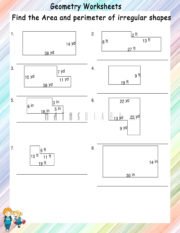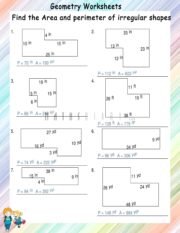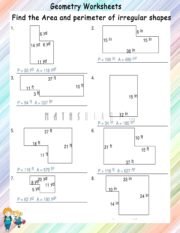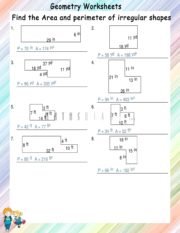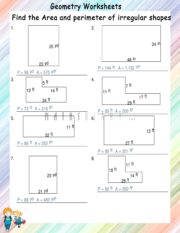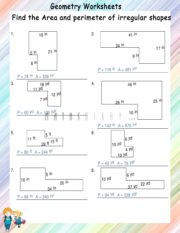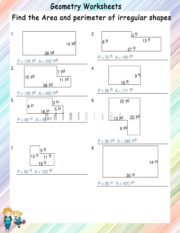Geometry - Math Worksheets
Volume of Rectangular Prisms and Cubes worksheets provide practice in calculating the volume for both rectangular prisms and cubes.
– For Rectangular Prisms: Volume = length × width × height
– For Cubes: Volume = side³ (where each side is the length of the cube’s edge)
These exercises help students apply these formulas to different problems, enhancing their understanding of 3-dimensional volume calculations.
Volume and Surface Area of Rectangular Prisms worksheets provide practice in calculating both the volume and surface area of rectangular prisms.
– Volume is calculated using the formula: Volume = length × width × height
– Surface Area is found using the formula: Surface Area = 2 × (length × width + width × height + height × length).
These exercises help students apply these formulas to various problems involving rectangular prisms, reinforcing their understanding of 3-dimensional measurements.
Reading Points from Four Quadrants worksheets focus on interpreting and identifying the coordinates of points in all four quadrants of the Cartesian coordinate plane. These exercises help students understand how to read and analyze points based on their positions within the four quadrants, enhancing their skills in coordinate geometry.
Plotting Points on Coordinate Grid worksheets help students practice placing points on a coordinate plane based on given coordinates. These exercises enhance students’ understanding of the Cartesian coordinate system and improve their ability to interpret and plot data accurately on a grid.
Measurement of Angles worksheets provide practice in determining the measure of various angles using protractors or other measurement tools. These exercises help students understand how to read and record angle measurements accurately, reinforcing their skills in angle measurement and geometry.
Identifying Quadrants on a Coordinate Axis worksheets help students practice recognizing and understanding the four quadrants of a coordinate plane. These exercises involve locating points, plotting coordinates, and identifying which quadrant a point or set of points lies in, reinforcing students’ understanding of the Cartesian coordinate system.
Identification of Nets worksheets help students recognize and understand the nets of various 3-dimensional shapes. These exercises focus on visualizing how the 2-dimensional shapes fold into 3-dimensional objects, such as cubes, pyramids, and prisms. By working on these worksheets, students improve their spatial reasoning skills and their ability to identify and construct nets for different geometric solids.
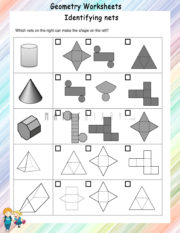
Show Answers
Answers:
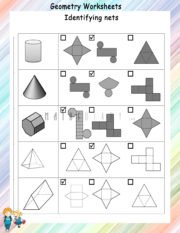
Estimation of Degrees of Angles worksheets help students practice estimating the measure of angles. These exercises involve visualizing angles and approximating their degree measure, enhancing students’ understanding of angle measurement and improving their ability to quickly assess angles in various geometric contexts.
Find the Circumference of a Circle worksheets help students practice calculating the circumference using the formula:
Circumference = 2 × π × r
or
Circumference = π × d
These exercises help students reinforce their understanding of circle measurements and how to apply these formulas in various problems.
Finding the Area and Perimeter of Irregular Shapes worksheets guide students in calculating the area and perimeter of shapes that don’t fit standard geometric formulas. These exercises often involve breaking down irregular shapes into familiar shapes, measuring sides and angles, and applying appropriate methods to find the total area and perimeter.

